Bank of Carthage Building (former), 301 South Main Street
Introduction
Text-to-speech Audio
Images
Former Bank of Carthage building in 2017.
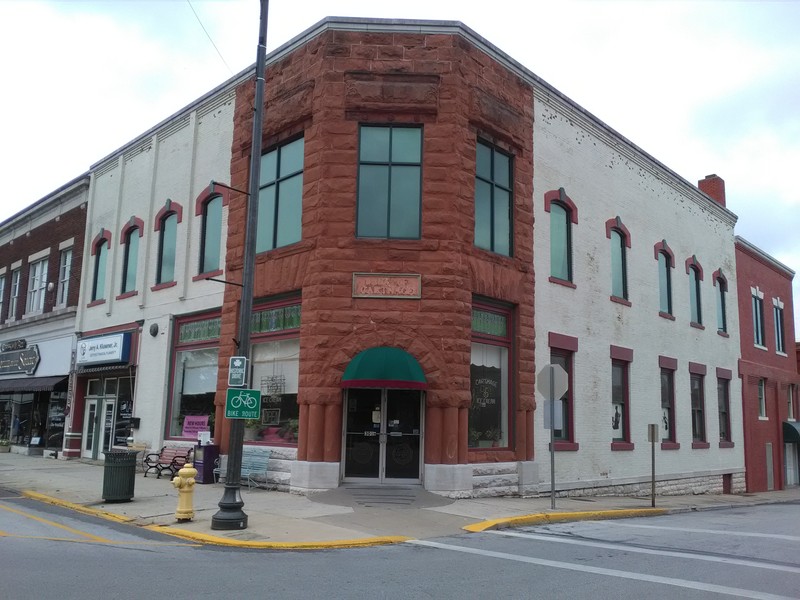
Bank of Carthage illustration from 1888 Carthage City Directory before third floor added and first floor was remodeled in 1890.
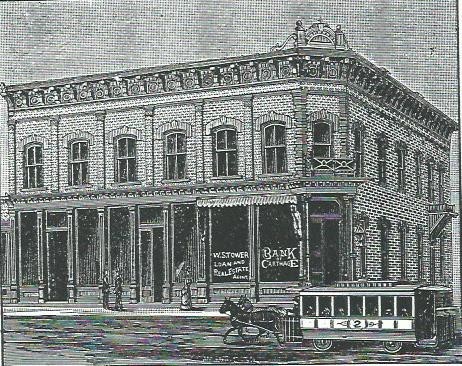
Interior of Bank of Carthage Building, circa late 1940s. H. E. Williams light fixtures are visible in the ceiling. The marble wainscotting around the center column can be seen today inside the Carthage Deli.
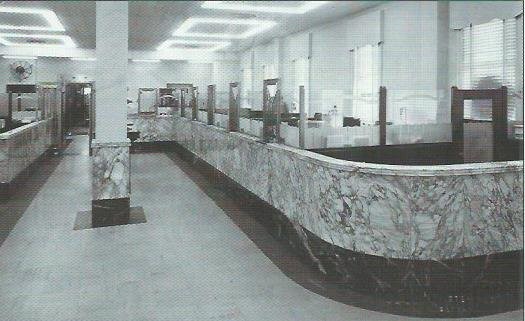
Bank of Carthage items including one of two building signs owned by the Powers Museum on display for the 175th Anniversary of Carthage Exhibit in 2017.
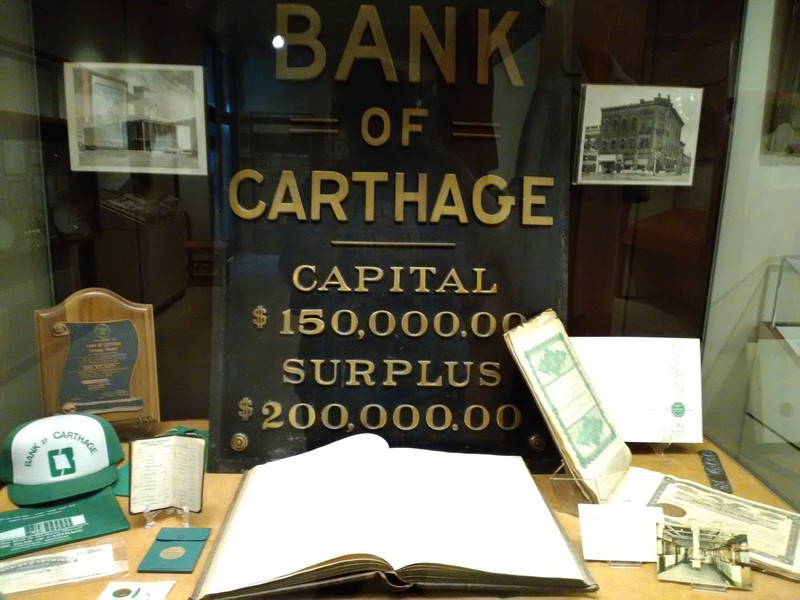
Dr. Powers' oak case of lenses to fit patients for new glasses used in his second floor office in the Bank of Carthage building as seen in 2017 museum exhibit.
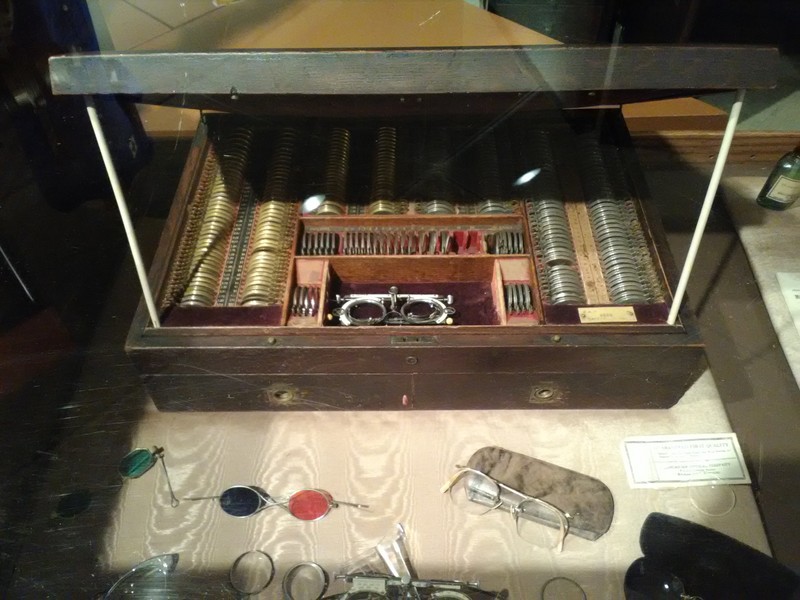
1960s Suit worn by Mrs. Marian Wright Powers purchased at Van Perk's store in the Bank of Carthage building at 307 S. Main (from 2017 museum exhibit).
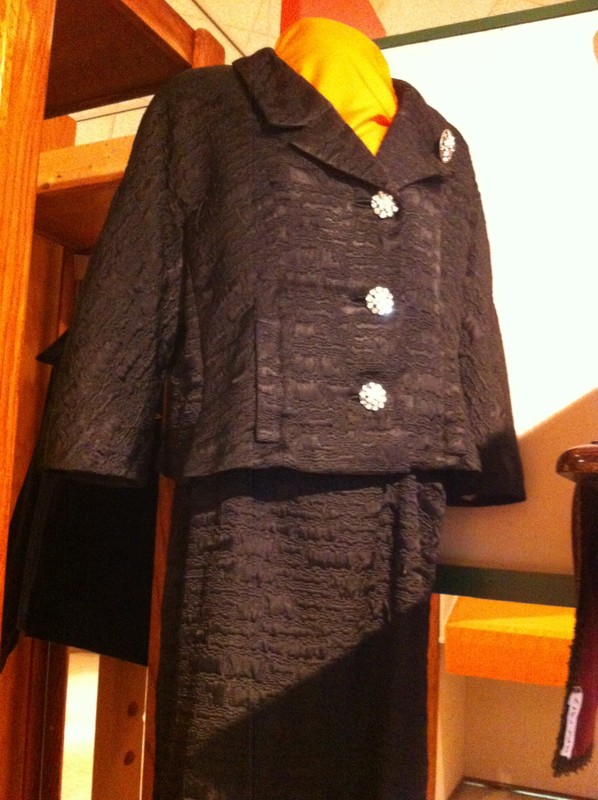
Digitization on CLIO is part of Powers Museum's "Digital Carthage" project in honor of Carthage's 175th Anniversary Celebration (March 28, 2017 through March 27, 2018).
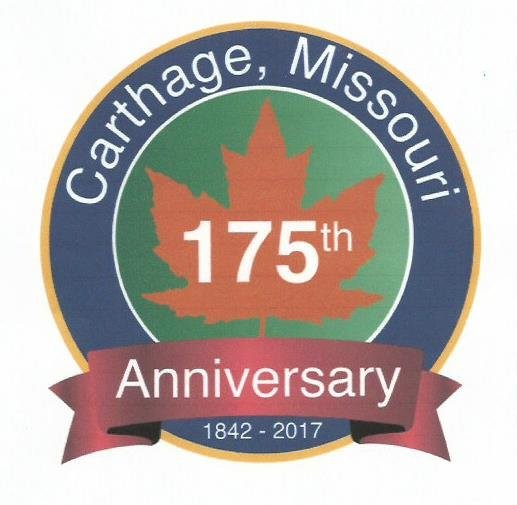
Funding for the Walking in the Wards tour was made possible by a grant from the Missouri Humanities Council and the National Endowment for the Humanities, Spring 2017.

Backstory and Context
Text-to-speech Audio
When the Bank of Carthage wanted a new facility in the late 1950s, the board of directors exchanged property across the street (see Bank of Carthage #2, 231 South Main Street entry) and built a new building. Gray-Seaver Drug Store that occupied the 231 South Main Street building moved into the old Bank of Carthage Building and operated for many years.
The current business on site, Carthage Deli and Ice Cream, displays many items of Carthage memorabilia and advertising pieces including those related to the Bank of Carthage. Inside the deli visitors also can see early H. E. Williams fluorescent light fixtures in the ceiling that were manufactured up the street when the Williams factory was located in downtown Carthage (see Clio entry for Carthage Shoe Manufacturing, later H. E. Williams Products, 106 South Garrison).
The bank structure offered its second floor for professional offices, while the third floor served as the Independent Order of Odd Fellows (I.O.O.F.) lodge hall. The Knights of Pythias, the Grand Army of the Republic, Stanton Post (G.A.R.), the G.A.R. Auxiliary, and many other local organizations have used the hall as well. While the major portion of the first floor was occupied by the Bank of Carthage, two other small storefronts were located on the first floor as well. Among those occupants were various jewelers and shoe stores (Steadley Brothers Jewelers in 1900 and Haight Shoes in 1927, for example). Later occupants included Eaker's Shoe Company and Van Perk's Ladies Wear store.
Among the second floor offices in the building over the years was Dr. Everett Powers' second medical office. Many other doctors, lawyers, insurance people and other professionals were located in the second floor offices. Among these were Cecil Miles Insurance, William Wright Insurance and Real Estate, Frieze & Crandall & Crawford Law Office and the Carthage Loan and Investment Company. (The Powers Museum archives holds limited records for the latter along with its Bank of Carthage holdings.)
Sources
Ferguson, Richard. Bank of Carthage: 100 Years of Banking and Community Service. Carthage MO: M. C. Jackson Printing Company, 1968. (1)
Powers Museum Vertical Files: Bank of Carthage & Cassil, G A
Vandergriff, Sue. Then and Now. Carthage MO: author, 2003.
2017 Building photograph by Michele Hansford.
1888 Bank view former Powers Museum exhibit image.
Interior photograph from Powers Museum Collection.
Bank artifacts from Powers Museum Collection.
Powers medical items from Powers Museum Collection.
Suit from Powers Museum Collection.
